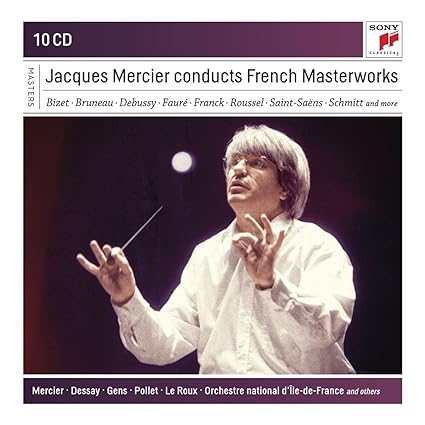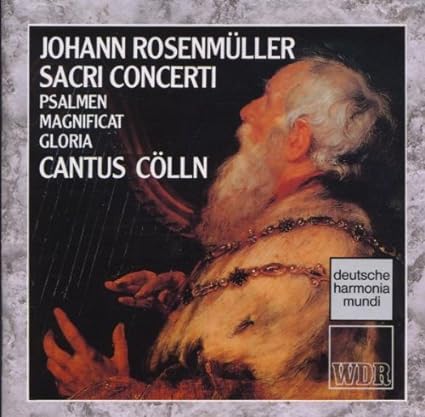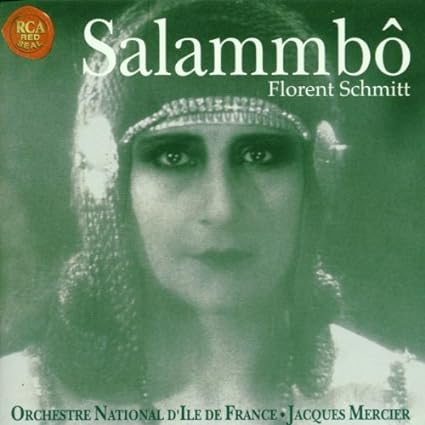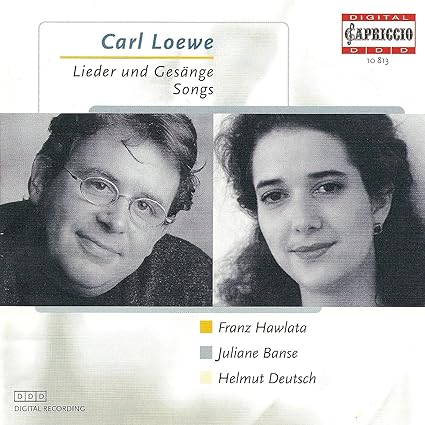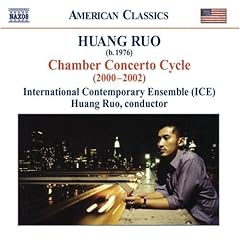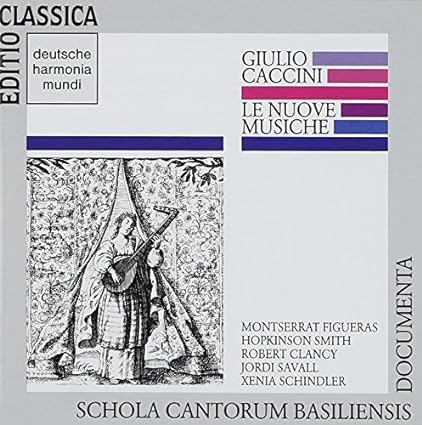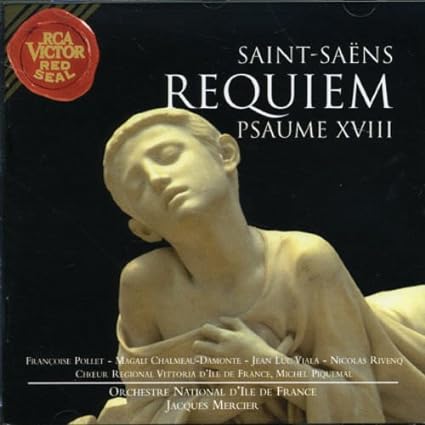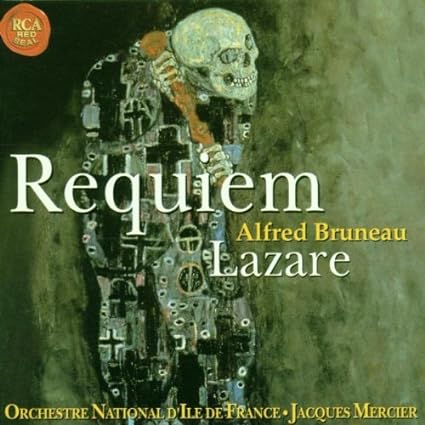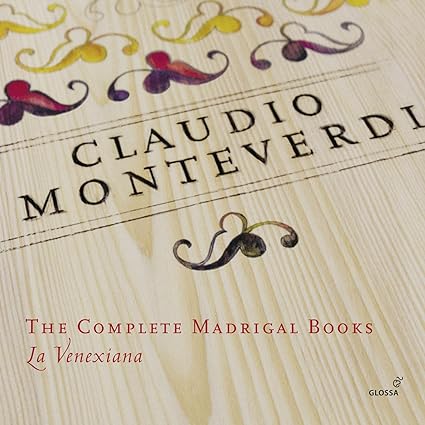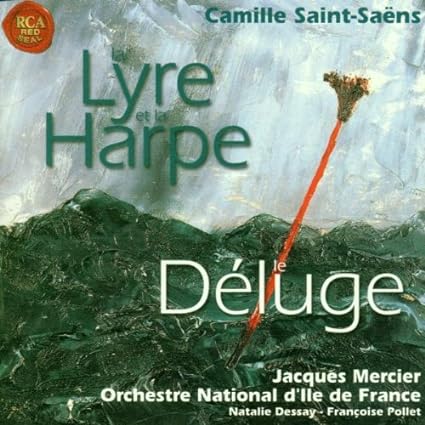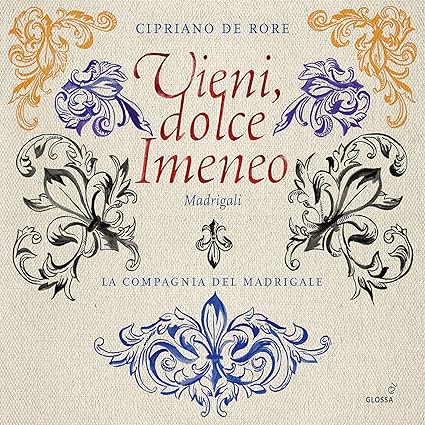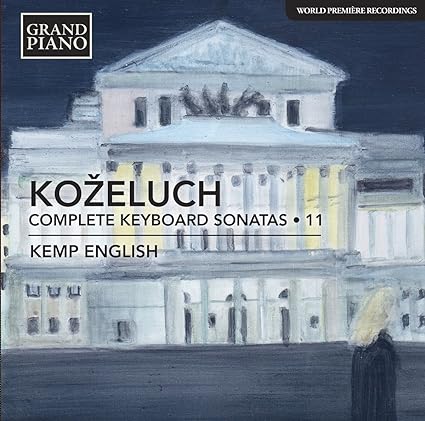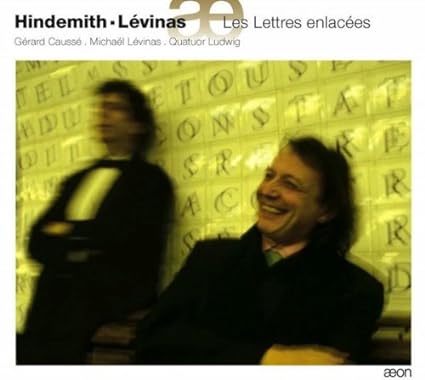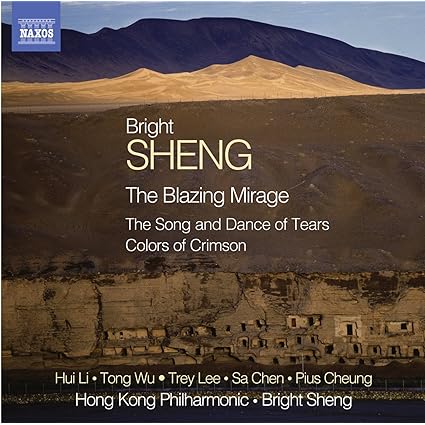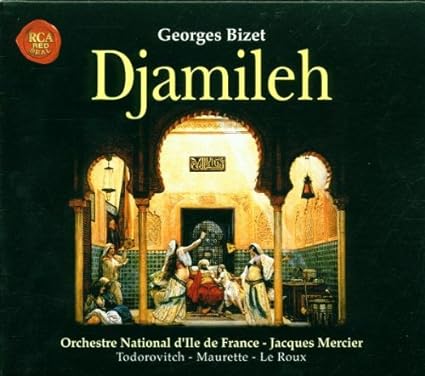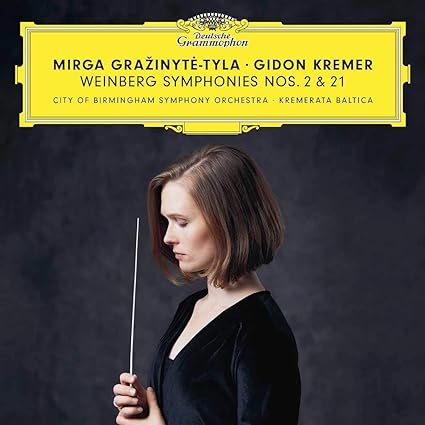[About the time I started winding down my Beethoven sonata collecting a year and a half ago, I started focusing a bit more on repertoire I've not heard at all. I'll post some of these from time to time to catch up to where I currently am in my listening pile. Alas, the discs will not have the images attached, but I will keep the links I used to originally embed the images on other sites.]
New to me at least. As my journey through complete cycles of Beethovens piano sonatas winds down (though it may take months to get everything written, if I go that route), I began to wonder what will become my buying and listening focus. And no, it (probably) wont be Beethovens symphonies. Debussys piano music would be good, I suppose, but Ive been buying and listening to that in rather copious quantities over the last couple years as well, so that wouldnt work. Then it occurred to me: I
must listen to more new music, or in other words, music Ive not heard before. While Ive listened to a pretty wide variety of music over the decade or so that Ive been seriously listening to classical music, Ive not listened to anywhere near enough music. There are thousands upon thousands of works, and Ive heard perhaps thousands. Not enough.
So Ive decided to listen to as much new music as I can over the next year or two or three or whatever. From time to time Ill write about said new music. Keep in mind that this is music new to me, and so I may end up covering not only modern (ie, post-war) music, but also music going all the way back to the Baroque, or earlier. Mostly, though, I expect most of the music to come from my favorite century, musically speaking: the 20th Century. Theres so much variety that it seems the best place to start.
COLOR="Blue"]
[[/COLOR]
Or not. I ended up selecting music from the 21st Century for my inaugural post. Specifically, I selected Huang Ruos Chamber Concerto Cycle from 2000-2002 on Naxos, as played by the International Contemporary Ensemble conducted by Ruo himself. Ruo is a name completely new to me. Hes a young (born 1976) Chinese born, now American domiciled composer who, according to the liner notes, some of which were written by Ruo, has been influenced by just about everything. It shows. The four concertos are brief works for ensembles ranging from five to fifteen players, with a few more instruments than that as some players double (or more) instruments. They all blend Eastern influences and Western traditions, including jazz and everything avant garde. One can detect whiffs of Bach, most notably in a cello part in the third concerto; Lutoslawksi, in the more astringent, densely written instrumental parts; and gobs of Stravinsky. I thought I detected some transformed quotes from a work or two, and many portions sound like lost Stravinsky works from the 60s. Even the jazz infused elements remind me more of Stravinskys approach to this idiom than of the idiom itself. That may be bad or good, depending on ones preferences.
People who like percussion will love this music, because theres a lot of it. All but the third concerto have parts for percussion, and its here where Ruo shines. The writing and playing are vibrant, physical, and visceral. Drums and cymbals and gongs (including one big old honkin bass gong, if there be such a thing) show up everywhere, in speedy, energetic, and nimble music. Winds and strings are plentiful too, often exploring their higher registers to good, tangy, dissonant effect. And theres that whole exotic Eastern thing, too, sort of like adrenalized, mandarin Takemitsu. Ruo and company also include spoken and sung parts in the piece, all of which involve Chinese texts. Truth to tell, I find the instrumental writing more compelling than the vocal writing, and sometimes it doesnt seem as well integrated as a Mozart aria or a Lutoslawski orchestral song. But I like it. Perhaps most promising is the fact that Ruo was only in his mid twenties when he wrote the music, so as he matures he may write something even better. As it is, this disc will receive multiple spins.
Sound is close and clear and quite good, though some low frequency noise and rumble is audible through most of it.
(A note: I anticipate many Naxos discs will be covered. Revisiting the Naxos catalog reveals many enticing titles. Too many, in fact.)
